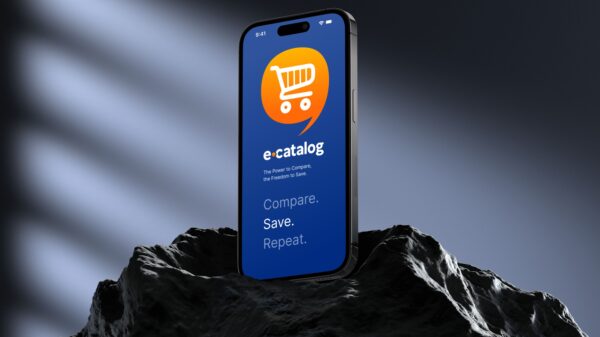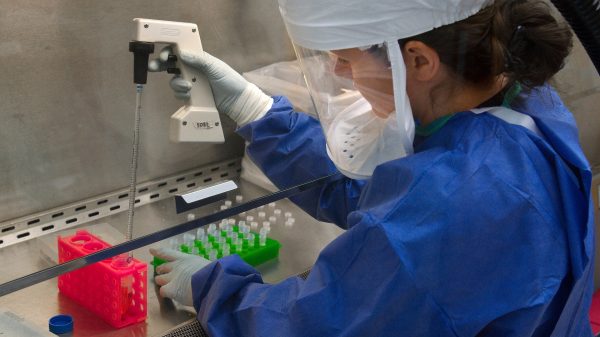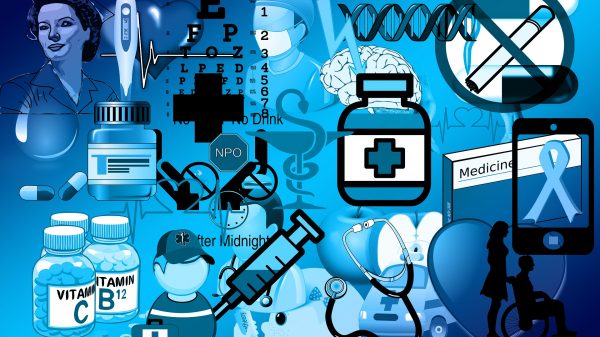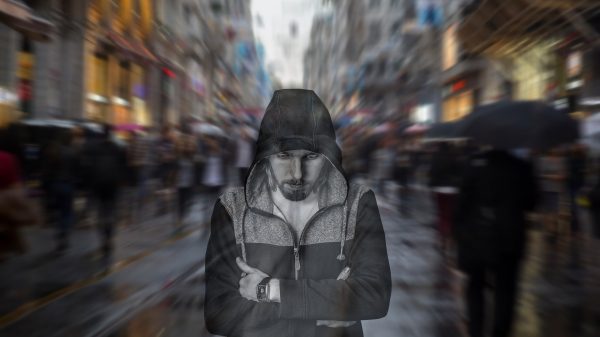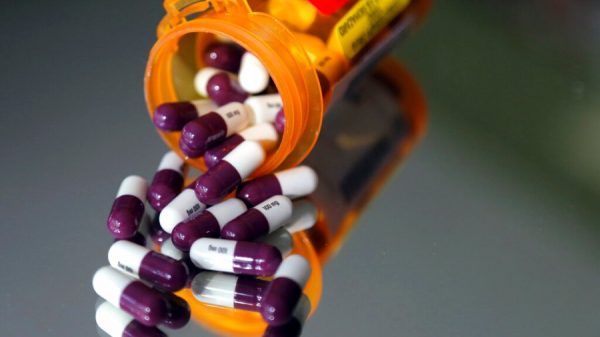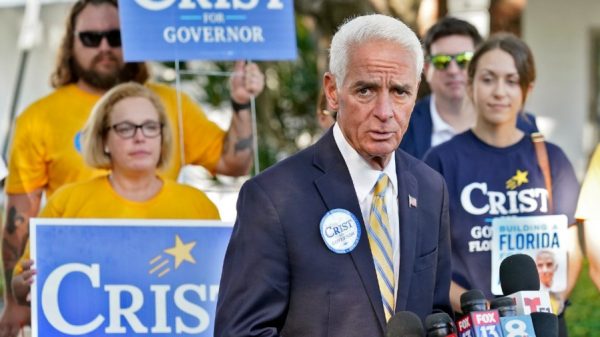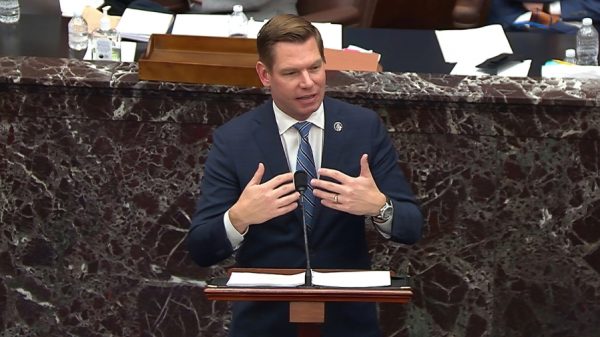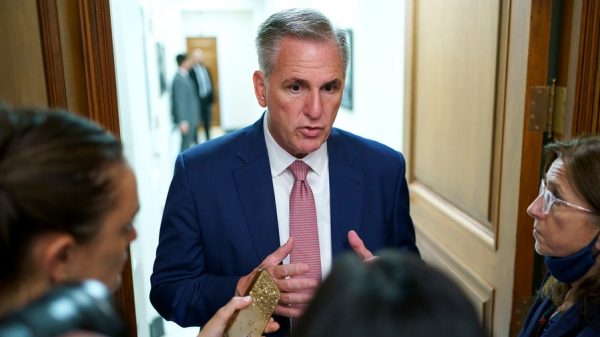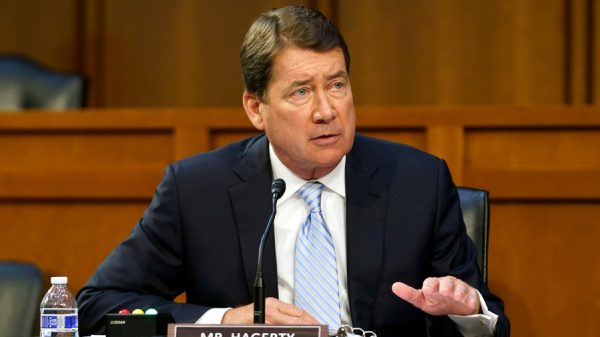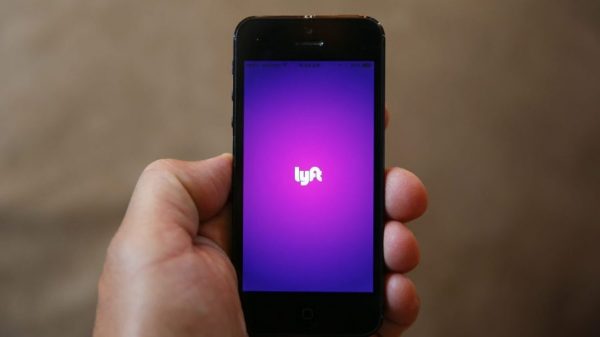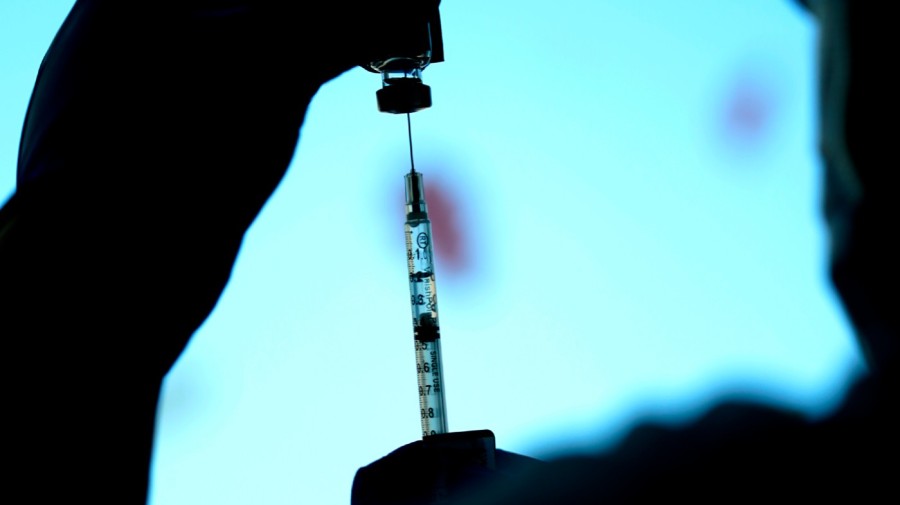One small town in Iowa is trying to figure out where their time capsule is buried, though they’re apparently pretty certain it’s under a layer of concrete.
Today in health care, the Food and Drug Administration cleared updated booster shots, but how many people will be motivated to get them?
Welcome to Overnight Health Care, where we’re following the latest moves on policy and news affecting your health. For The Hill, we’re Peter Sullivan and Joseph Choi. Subscribe here.
FDA clears updated vaccines ahead of fall campaign
The Food and Drug Administration (FDA) on Wednesday authorized updated COVID-19 booster shots specifically targeting a subvariant of omicron.
- The move comes ahead of a fall campaign to give Americans booster shots, which is expected to launch in the coming days.
- The step marks the first time the vaccines have been updated since the first shots were cleared at the end of 2020, and the updated shots are designed to catch up to evolutions in the virus.
- The shots from Pfizer and Moderna target the omicron subvariants BA.4 and BA.5, as well as the original virus.
Next step tomorrow: The shots can begin going into arms once the final step in the process, a Centers for Disease Control and Prevention committee, clears them, which is expected to occur on Thursday.
The big question: How many people will actually want the new shots, given that uptake for the existing booster shots has lagged?
- Only about half of people who got the first two shots received the initial booster dose.
Seeking to keep up with the ever-evolving virus, the FDA did not wait for the time-consuming process of going through full clinical trials on this tweaked vaccine.
But it noted that it is highly confident that the vaccines are safe and effective. The agency pointed to the millions of doses of the original vaccines that have been given, as well as data from another version of the updated vaccine, along with preliminary data on this one.
Read more here.
COVID fuels major drop in US life expectancy
Life expectancy in the United States fell for the second straight year, fueled by COVID-19, according to a report from the Centers for Disease Control and Prevention (CDC) published Wednesday.
The two-year decline was steep, down 2.7 years between 2019 and 2021. Life expectancy was 76.1 years in 2021, down from 77 years in 2020 and 78.8 years in 2019.
That is the largest drop in decades: It is the first two-year decline in life expectancy since 1961-1963, the CDC said.
Life expectancy in the U.S. is now back to the level it was in 1996.
The biggest factor: Making up about half of the change was COVID-19. Other factors included overdose deaths and heart disease.
“Overall, we have reversed 26 years of health progress in US, with average life expectancy now falling to levels not seen since 1996,” tweeted Tom Bollyky, director of the global health program at the Council on Foreign Relations.
Racial disparities:
- For American Indian and Alaska Native people, in particular, the decline over two years was a massive 6.6 years.
- The decline was about four years for Hispanic people and Black people, compared to 2.4 years for white people.
Read more here.
MORE TELEHEALTH USE LINKED TO REDUCED OVERDOSE RISK: STUDY
A study published on Wednesday found that the expanded use of telehealth services during the coronavirus pandemic was associated with a reduced risk of opioid overdoses.
Researchers from multiple federal agencies, including the Centers for Disease Control and Prevention, the National Institutes of Health, and the Centers for Medicare & Medicaid Services (CMS) looked at data from more than 170,000 Medicare beneficiaries.
The study split the observed beneficiaries into two groups — one that initiated opioid use disorder (OUD) care before the pandemic and another that initiated care after the outbreak began.
The findings:
- The researchers found that beneficiaries in the COVID-19 pandemic group were likely to receive OUD-related telehealth care and were also more likely to receive corresponding medications.
- Those who received OUD-related telehealth care were more likely to retain medical treatments for their conditions and had a lower risk of experiencing a medically treated overdose.
Despite these benefits, the study noted there were some irregularities in who was receiving telehealth care. Beneficiaries who were Black or lived in the South were less likely to receive telehealth services.
Read more here.
UN PANEL CALLS ON US TO ADDRESS EFFECTS OF DOBBS RULING
A United Nations committee called on the United States on Tuesday to take steps to eliminate racial and ethnic disparities in sexual and reproductive health care in the aftermath of the Supreme Court overturning Roe v. Wade.
The U.N. Committee on the Elimination of Racial Discrimination said in a release that the Supreme Court’s June ruling in Dobbs v. Jackson Women’s Health Organization, which struck down federal abortion protections, will disproportionately impact racial and ethnic minorities.
- The panel expressed concern that such groups have higher maternal mortality rates, higher risk of unwanted pregnancies and lack means to overcome socioeconomic barriers to accessing safe abortions.
- The committee said the decision could be especially impactful on lower-income individuals.
Concerns were also raised about the use of excessive force by law enforcement officials against racial and ethnic minorities in the U.S. and the “continued impunity for abuses” by police and U.S. Customs and Border Protection officials. It said the U.S. should review federal and state legislation on the use of force to ensure they are in line with international standards and law.
Read more here.
Calif. bill requires big tech to consider kids’ mental health
California’s legislature has passed legislation that will require social media companies to consider the physical and mental health of minors who use their platforms.
Senate Bill AB 2273 passed in the state’s Senate chamber in a 75-0 vote on Tuesday. The proposed legislation is headed to the desk of California Gov. Gavin Newsom (D), though it is unclear whether Newsom will sign the legislation into law, The Wall Street Journal reported.
The bill’s effects:
- The California Age-Appropriate Design Code Act, which was first introduced by state representatives Buffy Wicks (D), Jordan Cunningham (R) and Cottie Petrie-Norris (D), will “require a business that provides an online service, product, or feature likely to be accessed by children to comply with specified requirements.”
- Those requirements include configuring all default privacy settings offered by the social media platform unless the platform can demonstrate a reason why its setting is suited for children and provide information about privacy information, terms and conditions, policies and community standards, all using clear language suited to the age of children likely to access their platform.
- The proposed bill will also prohibit social media platforms from using the child user’s information for any purpose other than intended and ban platforms that use children’s information that could be detrimental to their health.
Industry pushback: “We support the intent of this bill and protecting children online remains a priority. But it must be done responsibly and effectively. While this bill has improved, we remain concerned about its unintended consequences in California and across the country,” Tech industry trade group TechNet’s Executive Director of California and the Southwest Dylan Hoffman said in a statement to The Hill.
Read more here.
WHAT WE’RE READING
- Whatever happened to the new no-patent COVID vaccine touted as a global game changer? (NPR)
- WHO: New COVID cases, deaths keep falling nearly everywhere (AP)
- Pain, Fear, Stigma: What People Who Survived Monkeypox Want You to Know (The New York Times)
STATE BY STATE
- Illinois reports first death from West Nile virus this year (Chicago Tribune)
- Election board deadlocks on abortion rights ballot proposal, court fight expected (The Detroit News)
- Lujan Grisham pledges $10 million for reproductive health clinic in Doña Ana County (Santa Fe New Mexican)
OP-EDS IN THE HILL
- Despite leaving government, Anthony Fauci ain’t going anywhere
- Roe was never enough. Black women voters want reproductive justice
- Mandatory hospital screenings fuel inaccurate COVID death counts
That’s it for today, thanks for reading. Check out The Hill’s Health Care page for the latest news and coverage. See you tomorrow.
VIEW THE FULL EDITION HERE

